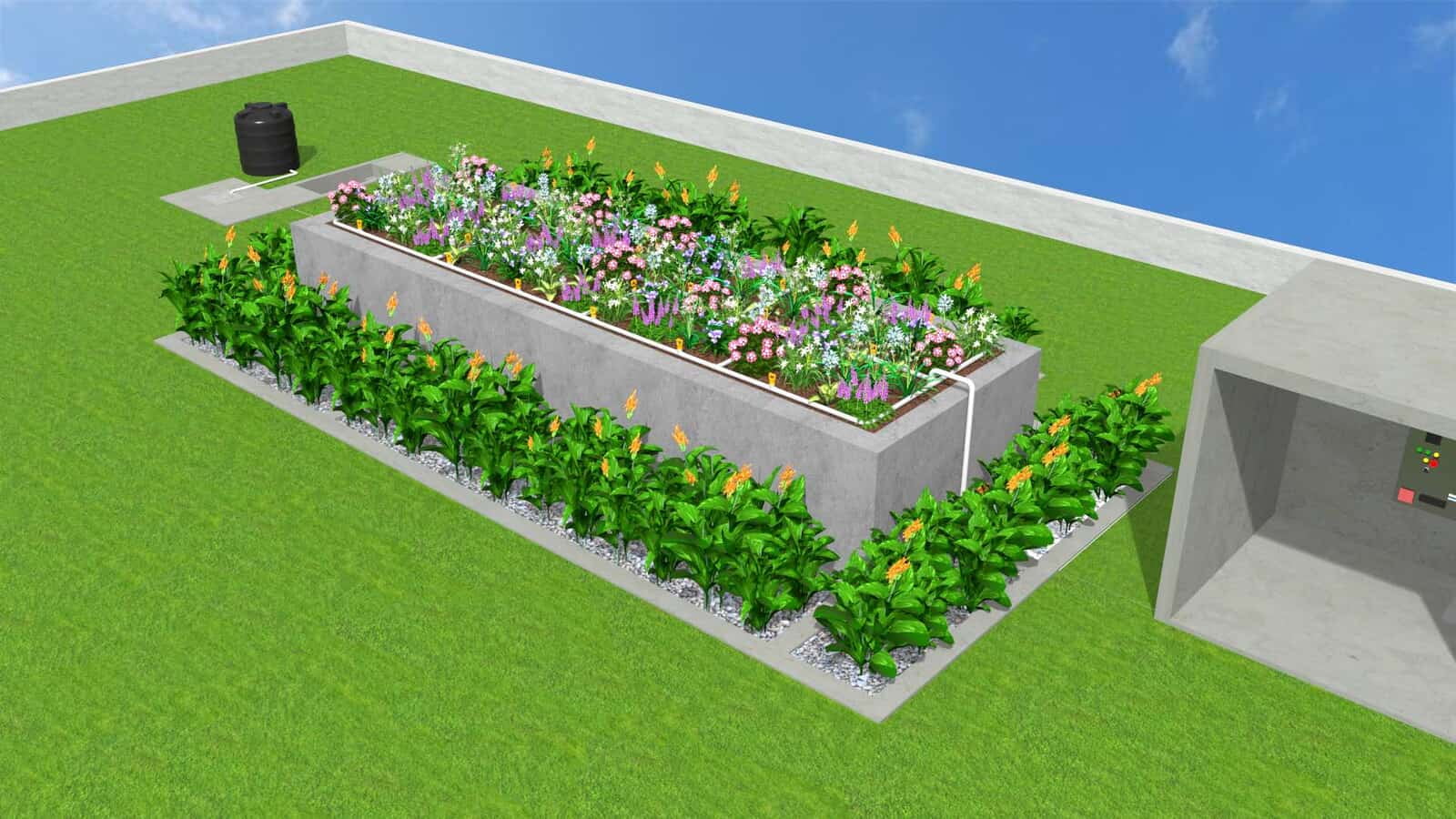Introduction
Introduction
As environmental concerns and sustainability become central to industrial and municipal operations, the demand for advanced green technologies in wastewater treatment has surged. These innovative solutions not only enhance the efficiency of wastewater treatment processes but also minimize environmental impact and promote resource recovery. In this blog, we will explore some of the most promising advanced green technologies transforming the wastewater treatment landscape.
Membrane Bioreactors (MBRs)
Hybrid Filtration Systems: Membrane Bioreactors combine biological treatment processes with membrane filtration, resulting in high-quality effluent suitable for reuse. The hybrid system enhances the removal of organic and inorganic contaminants, making it an effective solution for municipal and industrial wastewater treatment. MBRs are known for their compact design, reduced sludge production, and ability to operate under varying conditions.
Energy Efficiency: MBRs are increasingly being designed to reduce energy consumption. Innovations such as air-scouring mechanisms and low-energy membranes are being integrated into MBR systems to enhance efficiency and lower operational costs.
Constructed Wetlands
Constructed Wetlands
Natural Treatment Systems: Constructed wetlands mimic natural wetland ecosystems to treat wastewater. These systems use plants, soil, and microorganisms to remove pollutants through physical, chemical, and biological processes. Constructed wetlands are highly effective for treating municipal and agricultural wastewater, offering a low-cost and low-energy alternative to conventional treatment methods.
Biodiversity and Habitat Creation: In addition to wastewater treatment, constructed wetlands provide habitats for wildlife and contribute to biodiversity. They also offer aesthetic and recreational benefits, integrating seamlessly into the environment and enhancing the surrounding landscape.
Advanced Oxidation Processes (AOPs)
Advanced Oxidation Processes (AOPs)
Chemical Oxidation: AOPs use powerful oxidizing agents such as ozone, hydrogen peroxide, and UV light to break down complex organic pollutants and emerging contaminants like pharmaceuticals and personal care products. These processes generate hydroxyl radicals, which are highly reactive and effective at degrading contaminants that are resistant to conventional treatment methods.
Environmental Safety: AOPs are designed to minimize the formation of harmful by-products. By carefully controlling reaction conditions, AOPs ensure that treated water is safe for discharge or reuse, aligning with environmental protection goals.
Anaerobic Digestion
Anaerobic Digestion
Biogas Production: Anaerobic digestion is a biological process that breaks down organic matter in the absence of oxygen, producing biogas (a mixture of methane and carbon dioxide) and digestate (a nutrient-rich residue). This technology is particularly suitable for treating high-strength industrial wastewater and sewage sludge.
Energy Recovery: The biogas produced during anaerobic digestion can be captured and used as a renewable energy source, reducing reliance on fossil fuels. This energy recovery aspect makes anaerobic digestion a sustainable and economically viable solution for wastewater treatment.

Algae-Based Treatment
Algae-Based Treatment
Algal Cultivation: Algae-based treatment systems use algae to remove nutrients and contaminants from wastewater. Algae consume carbon dioxide, nitrogen, and phosphorus, transforming them into biomass that can be harvested for various applications, such as biofuels, fertilizers, and animal feed.
Carbon Sequestration: Algae cultivation in wastewater treatment helps sequester carbon dioxide, contributing to carbon reduction efforts. These systems also enhance the oxygenation of treated water, improving its quality and supporting aquatic life.
Electrochemical Treatment
Electrochemical Treatment
- Conduct Comprehensive Wastewater Audits: Identify the sources and composition of wastewater to tailor the treatment processes accordingly.
Electrocoagulation: Electrochemical treatment technologies, such as electrocoagulation, use electric currents to destabilize and remove suspended solids, heavy metals, and other pollutants from wastewater. This process is highly effective for treating industrial effluents and can be tailored to target specific contaminants.
Sustainable Operations: Electrochemical treatments are designed to be energy-efficient and generate minimal chemical waste. Advances in electrode materials and system design are further enhancing the sustainability and cost-effectiveness of these technologies.
Conclusion
Conclusion
The adoption of advanced green technologies in wastewater treatment is essential for addressing the growing environmental challenges and ensuring sustainable water management. Membrane bioreactors, constructed wetlands, advanced oxidation processes, anaerobic digestion, algae-based treatments, and electrochemical methods represent the forefront of innovation in this field. These technologies not only improve the efficiency and effectiveness of wastewater treatment but also promote resource recovery, energy savings, and environmental protection.
By embracing these cutting-edge solutions, industries and municipalities can significantly reduce their environmental footprint, comply with stringent regulations, and contribute to the global effort to protect our precious water resources. As we move towards a more sustainable future, the continued development and implementation of advanced green technologies in wastewater treatment will play a pivotal role in safeguarding the environment and ensuring clean water for generations to come. To see and experience these latest and innovative technologies, join the 18th edition of Water Today’s Water Expo in Chennai from 26 – 28 Feb 2025 at Chennai Trade Centre.

